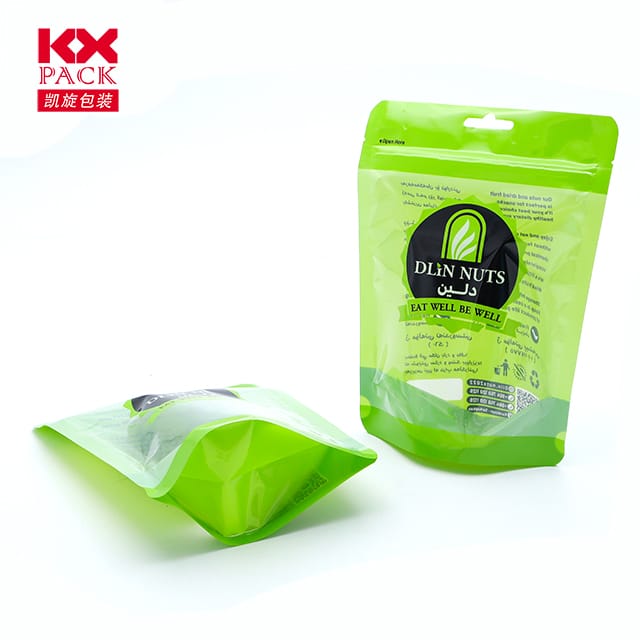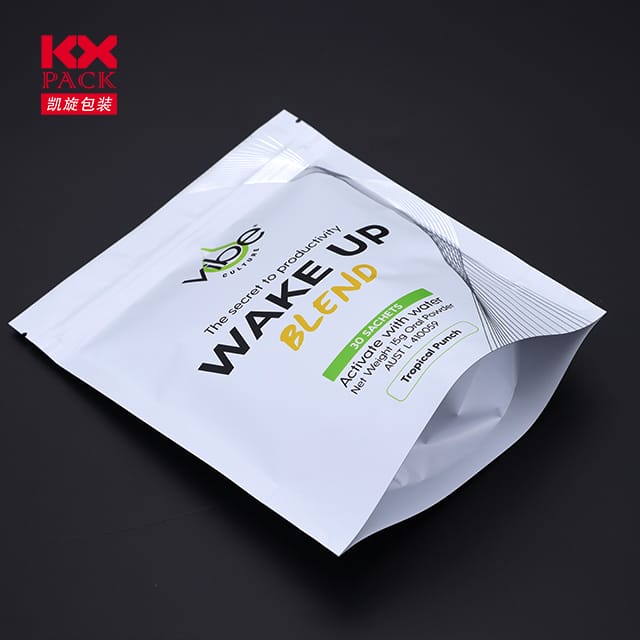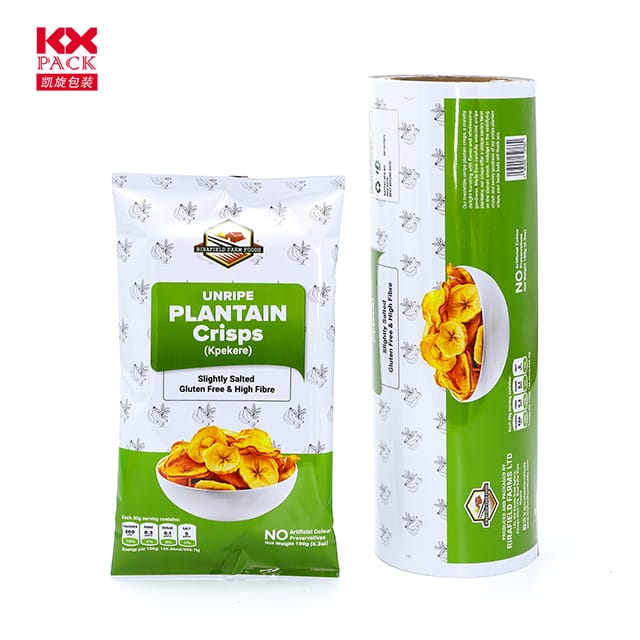ดาบสองชั้นของฟิล์มอาหารพลาสติก: ความสะดวก vs. ผลที่ตามมา
Plastic Food Film
In the modern kitchen, ฟิล์มอาหารพลาสติก (ยังเป็นที่รู้จักกันในชื่อ Cling Film, ข้อเสนอแนะห่อ, หรือห่อพลาสติก) เป็นเครื่องมือที่แพร่หลาย. มันยืดออกไปได้อย่างง่ายดายเหนือสิ่งที่เหลืออยู่, แมวน้ำในความสดใหม่, และป้องกันไม่ให้อาหารแห้งหรือทำให้เสีย. แต่ภายใต้ความโปร่งใส, พื้นผิวที่ไม่เป็นอันตรายดูเหมือนจะเป็นการอภิปรายด้านสิ่งแวดล้อมและสุขภาพที่ซับซ้อน. Let’s unpack the pros, ข้อเสีย, and emerging alternatives to this kitchen staple.
กลับหัวกลับหาง: Why We Can’t Live Without It (ยัง)
- Convenience King
Plastic food film’s claim to fame is its ability to cling to bowls, จาน, and even oddly shaped containers without adhesives. It’s lightweight, inexpensive, and disposable—qualities that align perfectly with our fast-paced, วิถีชีวิตที่ไม่หยุดนิ่ง. - Food Waste Warrior
By extending the shelf life of perishables like fruits, ผัก, and cheeses, plastic film helps reduce household food waste. ก 2021 study estimated that 30% of global food loss occurs post-harvest but pre-consumption, and proper storage tools like plastic film play a role in mitigating this. - Hygiene Hero
In commercial settings (restaurants, catering), plastic film creates a barrier against cross-contamination, a critical factor in food safety.
ข้อเสีย: The Hidden Costs of Convenience
- Environmental Nightmare
Most plastic food films are made from เอทิลีน (วิชาพลศึกษา) หรือ โพลีไวนิลคลอไรด์ (พีวีซี), neither of which is easily recyclable. Even “recyclable” versions often end up in landfills or oceans due to contamination or lack of infrastructure.- Microplastic Menace: When degraded, these films fragment into microplastics that infiltrate soil, ทางน้ำ, and the food chain. ก 2022 report found microplastics in human blood for the first time, raising concerns about long-term health impacts.
- Climate Impact: The production of single-use plastics accounts for 6% of global oil consumption—a staggering figure for a product used for minutes before lasting centuries in ecosystems.
- Health Questions
PVC-based films may contain phthalates, chemicals linked to hormonal disruptions, reproductive issues, and developmental problems. While many countries now regulate phthalate use, concerns persist about low-dose exposure and cumulative effects.
Breaking Free: Sustainable Alternatives Gaining Traction
- Reusable Silicone Lids & Covers
Flexible, สุญญากาศ, and dishwasher-safe, silicone lids stretch to fit various containers, eliminating the need for single-use wraps. - Beeswax & Plant-Based Wraps
Made from cotton infused with beeswax, น้ำมันโจโจ้บา, และเรซินต้นไม้, these wraps are compostable and reusable for up to a year. Vegan versions use soy wax or candelilla wax instead of beeswax. - Glass & Stainless Steel Containers
ทนทาน, สุญญากาศ, and eternally recyclable, these containers cut out plastic entirely. Bonus: They’re microwave-safe (minus the lid) and freezer-friendly. - ภาพยนตร์ที่กินได้
Researchers are developing biodegradable films from seaweed, cassava starch, or milk proteins. While not yet mainstream, these innovations could redefine food packaging.
Making Smarter Choices Today
While waiting for systemic change, here’s how to reduce your plastic film footprint:
- ซื้อเป็นกลุ่ม: Purchase pantry staples in reusable containers to minimize pre-packaged waste.
- Store Smartly: Use airtight ceramic or glass containers for leftovers instead of wrapping.
- Compost Cautiously: If using biodegradable wraps, check local composting rules—many require industrial facilities.
- ผู้สนับสนุนการเปลี่ยนแปลง: Support brands prioritizing compostable packaging and push policymakers to ban single-use plastics.
ถนนข้างหน้า
Plastic food film isn’t inherently evil—it’s a symptom of a throwaway culture that prioritizes convenience over sustainability. The solution lies in innovation (greener materials), policy (extended producer responsibility laws), and individual action (mindful consumption).
Next time you reach for that roll of plastic, ถามตัวเอง: มีวิธีที่ดีกว่านี้ไหม? The answer, increasingly, isyes.
What’s your go-to eco-friendly swap for plastic food film? Share in the comments below! 🌱🍴https://www.youtube.com/@lsnpuff






